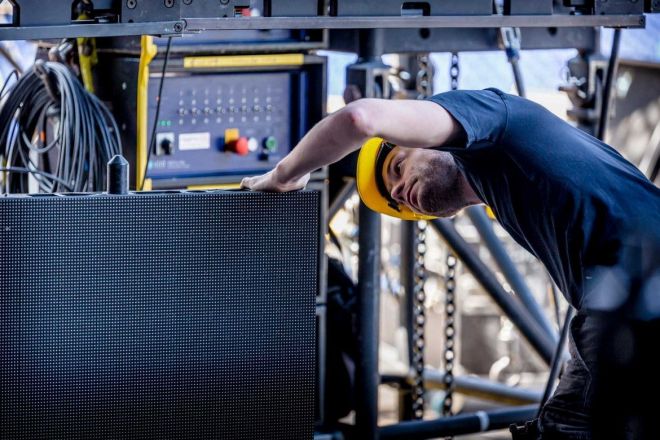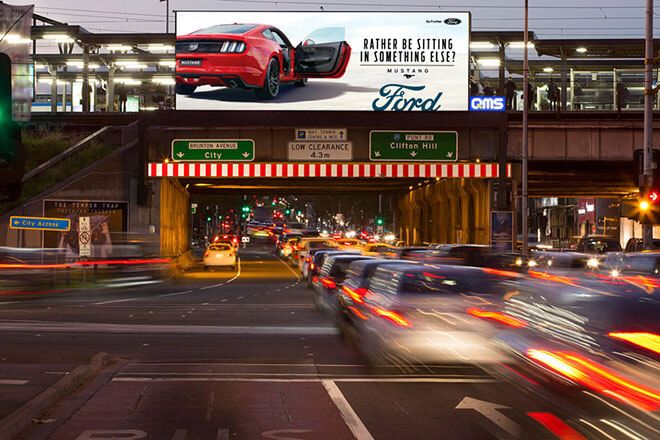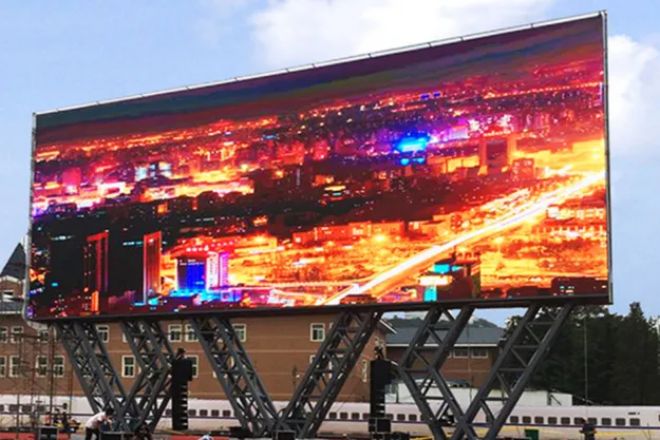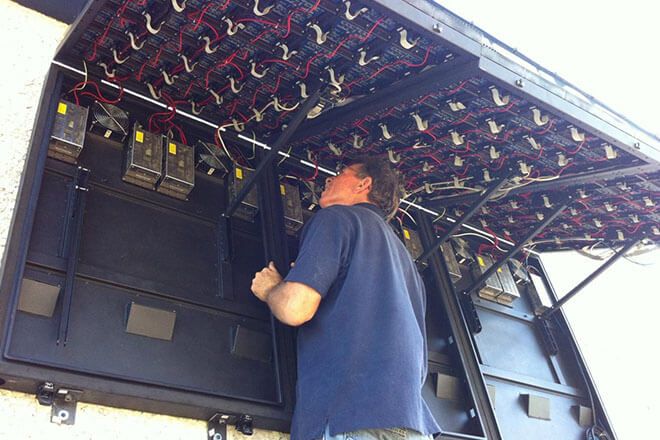Introduction

Avec le développement rapide de la science et de la technologie, Écrans d'affichage LED, with their advantages of high brightness, high contrast, energy saving, and environmental protection, are widely used in commercial advertising, public information release, conferences, and exhibitions, etc., and have become an important medium for information dissemination in modern society.
However, as a potential “enemy” of LED displays, moisture often has a serious impact on the performance and life of the display. Therefore, how to effectively deal with moisture in LED displays to ensure their stable operation and extend their service life has become the focus of attention both inside and outside the industry.
This article will deeply analyze the sources of moisture in LED displays and their impact on the display and propose a series of targeted treatment methods. Let’s take a look.
1. Sources of moisture in LED displays

The moisture in the LED display screen mainly comes from the following aspects:
- Residual moisture during production:
During the manufacturing process of LED displays, some moisture may remain inside the display due to improper workmanship or inappropriate material selection. This residual moisture may be gradually released during long-term use, posing a potential threat to the normal operation of the display.
- Effect of humidity in the use environment:
LED displays often work in outdoor or indoor humid environments, such as rainy days, foggy days, or indoor places with high humidity. After being exposed to such an environment for a long time, a large amount of moisture may be absorbed by the surface and interior of the display screen, causing corrosion and damage to the circuits and components of the display screen.
- Moisture intrusion due to improper maintenance:
During the daily maintenance of the LED display, if you do not pay attention to waterproof measures, such as using improper detergents or tools during cleaning, moisture may invade the interior of the display. In addition, if the waterproof structure of the display is damaged or aged, external moisture will easily enter.
- Improper installation of outdoor LED displays leads to failure of the waterproof layer:
When installing outdoor LED displays, the setting and processing of the waterproof layer are crucial. If the waterproofing requirements are not strictly followed during the installation process, or the waterproofing materials used do not meet the standards, the waterproofing layer may fail. Once the waterproof layer fails, external moisture will easily penetrate into the display and cause damage to the display.
2. The impact of moisture on the LED display
The impact of moisture on LED displays cannot be ignored. It may cause a series of problems, seriously affecting the performance and life of the display. The following are the main effects of moisture on LED displays:
- Corrosion and damage to electronic components:
LED displays contain a large number of electronic components, such as circuit boards, chips, etc. When moisture is present within or on the display, these electronic components can become corroded, resulting in reduced performance or even damage. Long-term moisture erosion may also cause the connections between components to fail, causing problems such as short circuits.
- Uneven or flickering display brightness:
Moisture can cause the circuits and components inside the display to perform erratically, affecting the display’s brightness uniformity. When certain areas of the display are affected by moisture, the brightness in these areas may fluctuate or flicker, seriously affecting viewing.
- System failure and performance degradation:
Moisture can not only affect the electronic components of the display but can also cause failure of the entire system. For example, moisture may cause the display’s control system to fail, preventing it from responding properly to external commands.
In addition, moisture may also affect the display’s thermal performance, causing temperatures to rise and further exacerbating the risk of performance degradation and component damage.
3. Methods for treating moisture in LED display screens

When the LED display has moisture problems, a series of measures need to be taken promptly to ensure the normal operation of the display and extend its service life. The following are methods for dealing with LED displays that have experienced moisture problems:
D'abord, the power supply should be cut off immediately to avoid current flowing through the wet circuit board and causing a short circuit or further damage. This is a very important first step to prevent moisture from coming into contact with electronic components and causing more damage.
Deuxièmement, if possible, the casing and back panel of the LED display should be disassembled for further inspection and treatment of internal moisture. During the disassembly process, you need to follow the device’s disassembly guide or contact the supplier to ensure that the device is disassembled correctly for further processing.
Suivant, gently dry the waterlogged area with a dry rag or absorbent paper towel, but avoid using a hair dryer or hot air to dry it, as overheating may damage electronic components. At the same time, place the display in a well-ventilated place to dry naturally. Some moisture absorbers or desiccants can be used to speed up the drying process.
During the drying process, be sure not to put the LED display that has been flooded with water into the flight box to avoid damaging the LED wick. If water enters the warehouse or other storage location, all flight boxes should be exposed to the sun to prevent moisture from evaporating into the LED display.
Wait for the display to dry completely before reassembling the device and inspecting it. This includes checking circuit boards, connecting wires, and other components for damage. If there are any damaged parts, they should be replaced or repaired promptly.
Enfin, in order to ensure the stability of the display screen, power-on aging treatment may be required. This involves adjusting the brightness to different levels and applying power for a period of time to gradually return to normal operating conditions. However, please note that during the processing process, you must pay close attention to the status of the display screen and deal with possible problems in a timely manner.
4. After the moisture treatment is completed, can the LED display still be used?
After moisture treatment, whether the LED display can still be used depends mainly on the degree of damage caused by moisture to the display and the effect of the treatment process.
If the moisture problem is minor, such as temporary condensation due to high ambient humidity, and is dealt with promptly and appropriately, the display will most likely be able to return to normal operation after drying. In this case, the display’s electronic components and circuit board may not be severely damaged and can continue to be used.
However, if the moisture problem is more severe, such as the display being immersed in water for a long time or experiencing severe humidity erosion, the display may not return to normal operation even if treated. This is because moisture can cause irreversible corrosion, short circuits, or damage to electronic components. In this case, the display may need to be repaired or some components replaced, or the entire display may need to be replaced.
Therefore, after the moisture treatment is completed, the display needs to be fully inspected and tested to ensure that it can work properly. If you find that the display is faulty or has performance degradation, you should contact professional maintenance personnel or the manufacturer for inspection and repair in time.
In addition, in order to avoid similar problems from happening again, waterproof measures and maintenance work for LED displays should be strengthened. For example, regularly check the sealing of the display, avoid exposing it to moisture, and perform regular cleaning and maintenance. This can extend the life of the display and improve its stability and reliability.
5. How can moisture be prevented in LED display screens?

Preventing moisture on LED displays is a comprehensive task involving many aspects. Here are some effective preventive measures:
Tout d'abord, from the production stage, the moisture content of raw materials should be strictly controlled, dry and stable quality raw materials should be selected, and materials containing too much moisture should be avoided. At the same time, the production process is optimized to reduce the residual moisture in the production process and ensure that the product reaches waterproof standards before leaving the factory.
Deuxièmement, in terms of the environment, special attention should be paid to humidity management. Install humidity adjustment equipment, such as dehumidifiers or air conditioners, to keep the humidity in the environment where the display is used within the appropriate range. Avoid direct exposure of the display to moisture, especially on rainy days or in places with high humidity.
En outre, it is crucial to regularly check the tightness of the display. Make sure the waterproof structure of the display is intact to prevent external moisture from intruding. When installing outdoors, you can consider using a waterproof cover to protect the display and effectively prevent the intrusion of rainwater.
In terms of maintenance, clean and maintain the display screen regularly to prevent moisture accumulation. Use special cleaning agents and tools and clean according to operating procedures to avoid moisture intrusion caused by improper use. At the same time, in humid seasons or environments, the frequency of inspections should be increased to detect and deal with possible moisture problems in a timely manner.
En outre, for indoor LED displays, proper ventilation can reduce the relative humidity of the indoor environment, but ventilation should be avoided in windless and humid weather to avoid aggravating indoor humidity. Doors and windows should be closed at night to prevent damage to the LED screen caused by moisture return.
Enfin, for existing moisture problems, emergency measures should be taken promptly, such as turning off the power, using desiccant to absorb moisture, etc., to prevent moisture from causing further damage to the display. Damaged parts should be replaced or repaired in time to restore the performance of the display.
Conclusion
In short, the moisture treatment of LED display screens is a systematic and complex task, which requires us to start from many aspects and take comprehensive measures to ensure the normal operation of the display screen and extend its service life. The discussion in this article will be helpful to you.
Enfin, si vous souhaitez en savoir plus sur les écrans LED, veuillez nous contacter.
